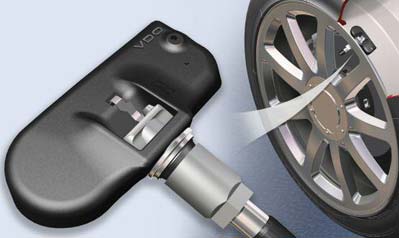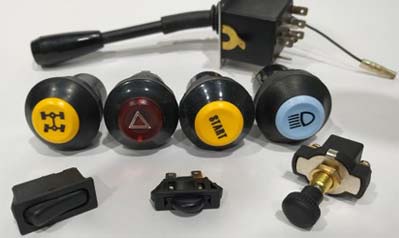Welcome to May Auto Parts Manufacturing & Supplying (MAPMS)
Welcome to May Auto Parts Manufacturing & Supplying (MAPMS)
The rail ignition coil is directly inserted into the cylinder head, including two parts, the head and the rod, which are connected together. The head has a low-voltage socket, and the rod has a high and low voltage winding group with inner iron core and outer iron core. The utility model is characterized in that the outer iron core is sheathed with a shielding cover, one end of the shielding cover is connected with the ground wire of the low-voltage socket, and the other end is connected into engine. Usually, if any one of them is broken and needs to be replaced as a whole car ignition coil.
Get the Prices of Rail Ignition Coils >Directly on the spark plugs
Without HT leads
Save engine space
Step one
Disconnect all rail ignition coil's electrical connectors.
Step two
Set ohmmeter to the lowest ohms range, touch the electrical connector terminal B+ with the black test lead, and touch the corresponding coil input prong with the red test lead. Usyally 1~4Ω for primary resistance. But different car models will have different resistance scope.
Step three
Set ohmmeter to the highest ohms range, touch the electrical connector terminal B+ with the black test lead, and touch the spark plug wire terminals on one of the rail ignition coil with the red test lead. Usyally 5,000~20,000Ω for secondary resistance. But different car models will have different resistance scope.
Step four
compare resistance readings to the vehicle service manual. If readings are out of range, that may show the rail ignition coil is bad and replace it as needed.

MAPMS offers the most automotive parts and service to meet customers' needs. ***Please send inquiry with correct OEM numbers.***
Related Ignition Coils
 The Multifunctionality of the Headlight Combination Switch
READ MORE >
The Multifunctionality of the Headlight Combination Switch
READ MORE >
 Auto Electric Fuel Pump: Keep Your Car Full of Power
READ MORE >
Auto Electric Fuel Pump: Keep Your Car Full of Power
READ MORE >
 What Do Coil Packs Do On A Car?
READ MORE >
What Do Coil Packs Do On A Car?
READ MORE >


